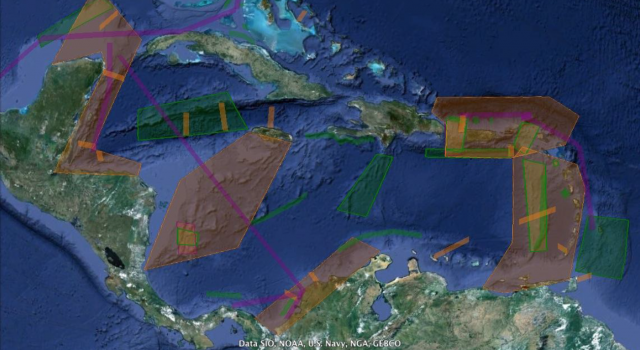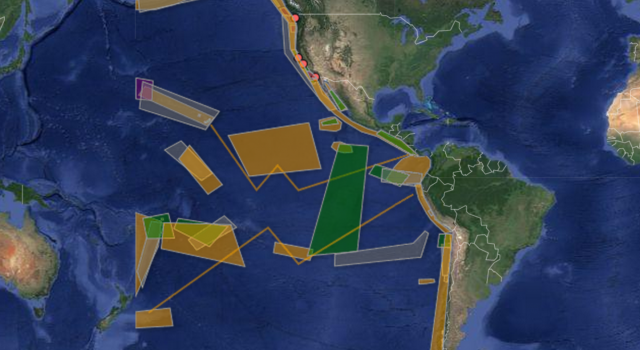Publications
Explore the list of manuscripts, books and book chapters, theses, and dissertations from the data and samples collected aboard Nautilus.
Telepresence-enabled Exploration Workshops
The Ocean Exploration Trust, in partnership with the NOAA Office of Ocean Exploration and Research, has hosted periodic workshops with members of the scientific community to identify and prioritize potential targets for telepresence-enabled exploration in Nautilus field program regions.

2012 Caribbean Workshop

